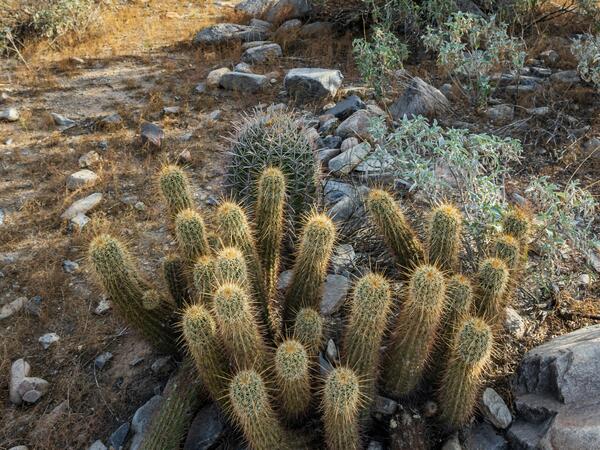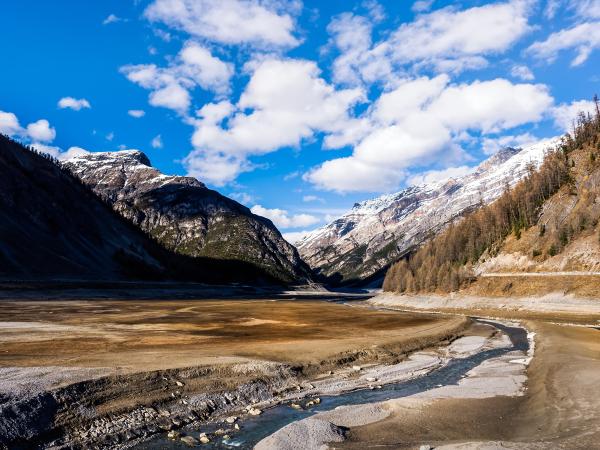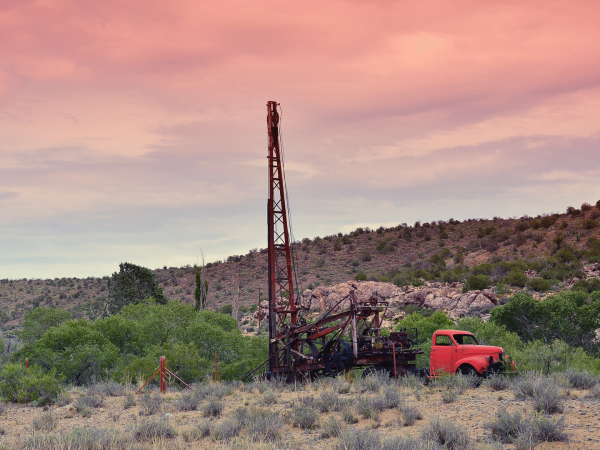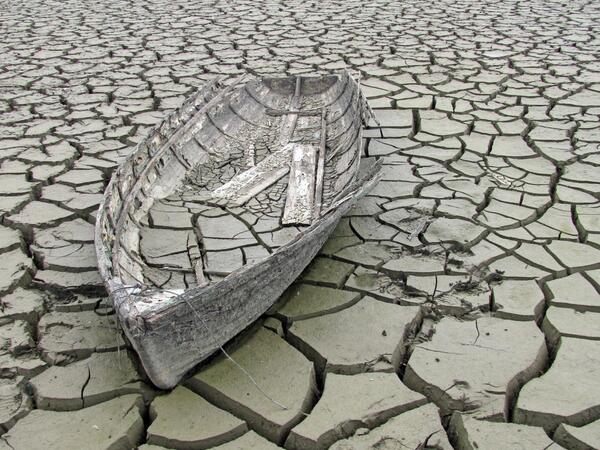
As a Critical Minerals Mine Nears Approval in Arizona, Residents Fear It’s Already Affecting Area Water
“If your neighbor comes and drills a big, deep, powerful well and pumps water, and your own water level goes down in your well, there’s nothing you can do about that,” said Sarah Porter, the director of the Kyl Center for Water Policy at Arizona State University.

Project Blue Rejected: Deep dive into ‘hyperscale’ data centers
“So it’s a very large load,” said Kelly Barr, the chief alliance officer with Global Futures Laboratory located on the ASU campus. The team has been examining the impact of the data centers that have flooded the Phoenix region -- now totaling around 140.
They’ve already pushed the power grid to its limit, especially during summer peaks. “Not all these data centers that are in queue are going to be built, but I think it makes sense for us to think together which ones should be built,” she said.

Groundwater is drying out, heating up, and causing sea level rise
Unless stringent water management policies are implemented on a global scale, Jay Famiglietti, warns that the consequences could trigger extreme political instability, given that 75 percent of the world’s population resides in countries affected by this extreme drying.
“What this study makes clear is that the world is looking at incredible sea level rise,” he said. “I think threats to food security and food production [aren’t] receiving enough attention.”
Semiconductor industry faces water, sustainability challenges
“Water is actually the largest volume chemical used in semiconductor manufacturing,” said Paul Westerhoff, a regents professor in Arizona State University’s School of Sustainable Engineering and the Built Environment.

Understanding Arizona’s water situation
Sarah Porter, the Director of the Kyl Center for Water Policy at Arizona State University, joins Royal Norman for an in-depth discussion on the complexities of water management in Arizona, discussing the role of the Kyl Center, groundwater issues, aquifer recharge, and the challenges facing the Colorado River. They also examine the positive strides Arizona has made in water stewardship and the innovative proposals to ensure a sustainable water future for the state.

Spreading stories of water one exhibit at a time
The state of Arizona is home to 22 tribal nations — and all of them have a deep connection to water. However, many tribes are being left out of conversations surrounding the topic. Liliana Caughman, an assistant professor in the American Indian Studies program at Arizona State University, is working to change that.
Through her lab, the Relate Lab, eight Indigenous scholars are working alongside the Arizona Water Innovation Initiative at ASU and their WaterSimmersive project to create water-related exhibits in rural communities throughout Arizona.

Arizona groundwater levels are in jeopardy, research shows
Flood irrigation is cited as a major problem in new research by NASA and Arizona State University. "It was surprising for us, actually, because we found groundwater is being used up much faster than we are expecting," said Karem Abdelmohsen, an ASU research scientist. Abdelmohsen stated that researchers used the GRACE satellite to track groundwater in the Colorado River Basin for more than 20 years.

Satellite data shows global freshwater crisis driven by climate change
A study led by a team at Arizona State University found four continental-scale “mega-drying” regions located in the northern hemisphere that could have significant consequences for water security, agriculture and sea levels. “These findings send perhaps the most alarming message yet about the impact of climate change on our water resources,” said Jay Famiglietti, the study’s principal investigator.

Freshwater is disappearing from the Earth at alarming rates: Study
“It is striking how much non-renewable water we are losing,” lead author Hrishikesh Chandanpurkar, a research scientist at Arizona State, said in a statement.
“Glaciers and deep groundwater are sort of ancient trust funds,” he added. “Instead of using them only in times of need such as a prolonged drought, we are taking them for granted.”

Earth's continents are drying out at unprecedented rate, satellite data reveal
The scientists behind the study said that bad management of groundwater resources is the main culprit together with the effects of climate change, such as lengthy droughts in Europe and permafrost melt in Arctic regions.